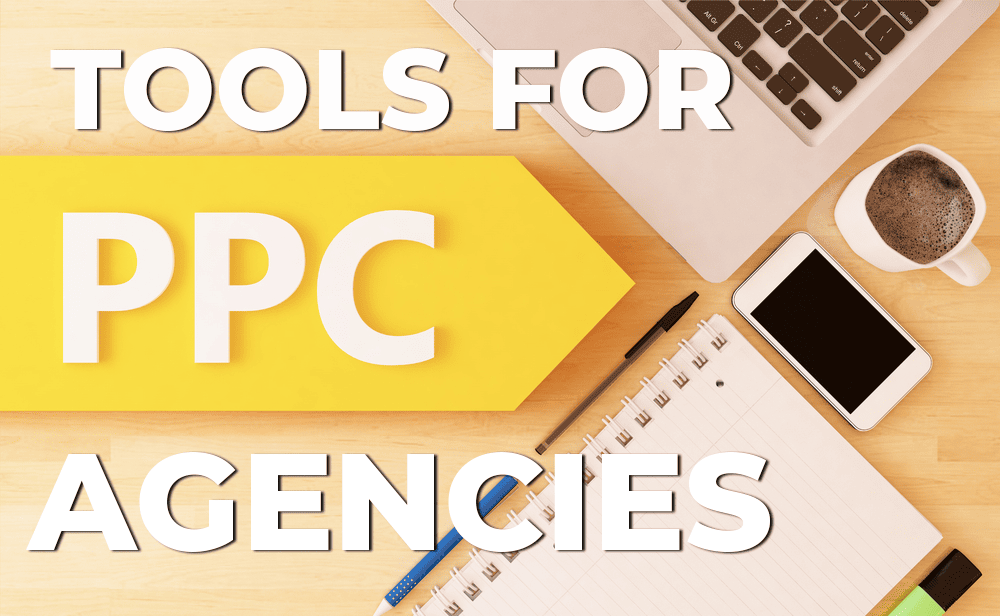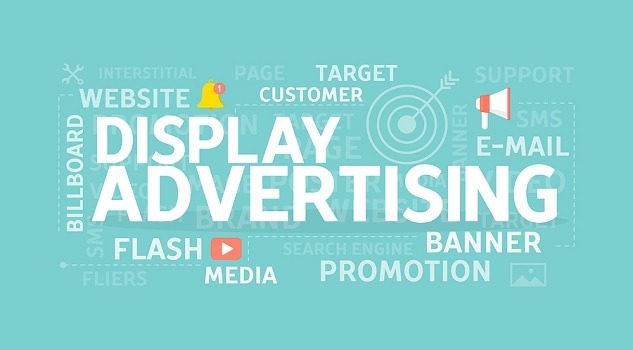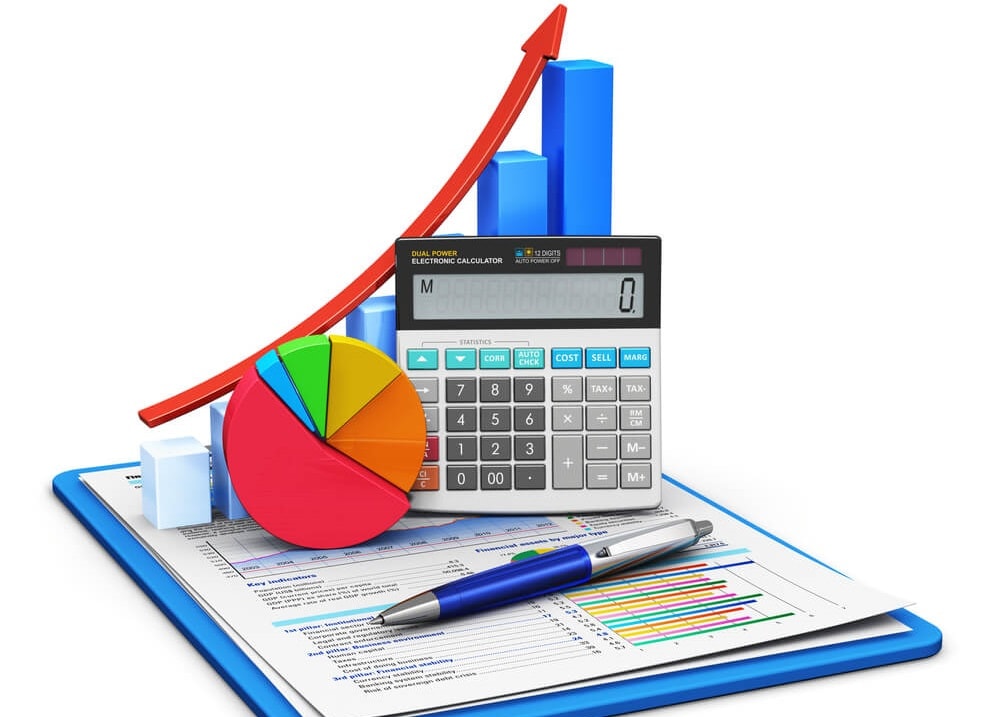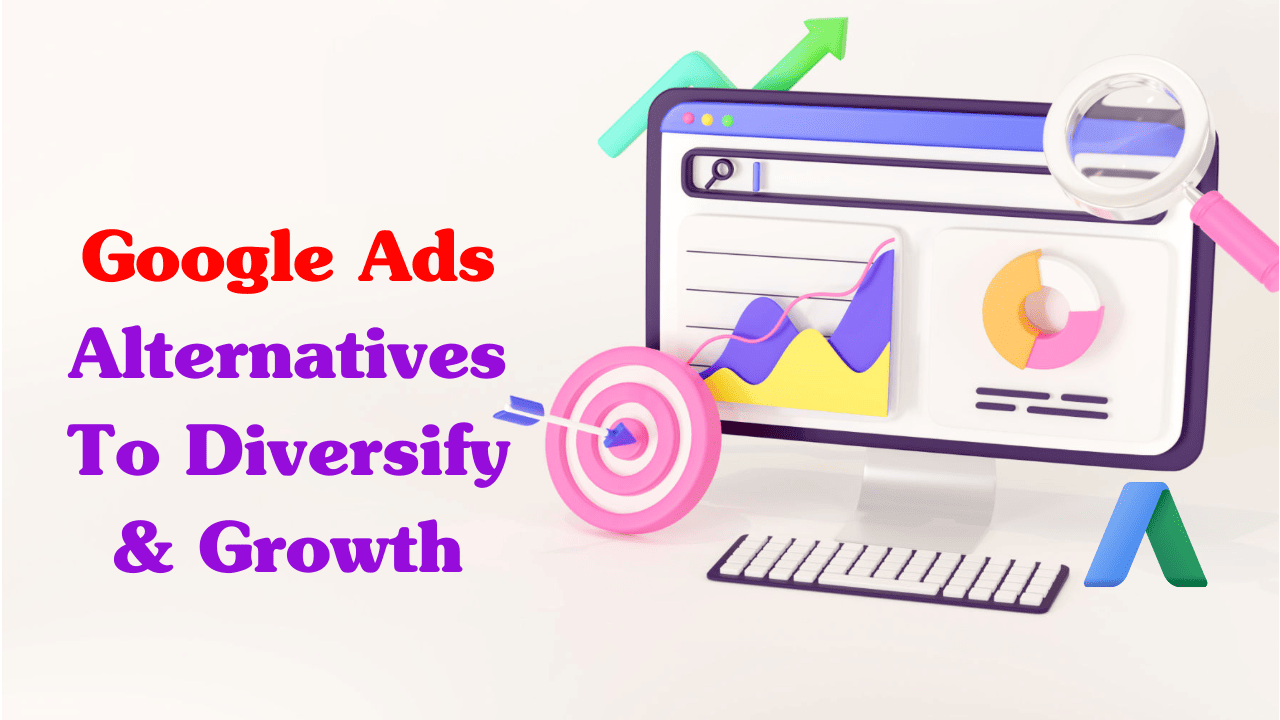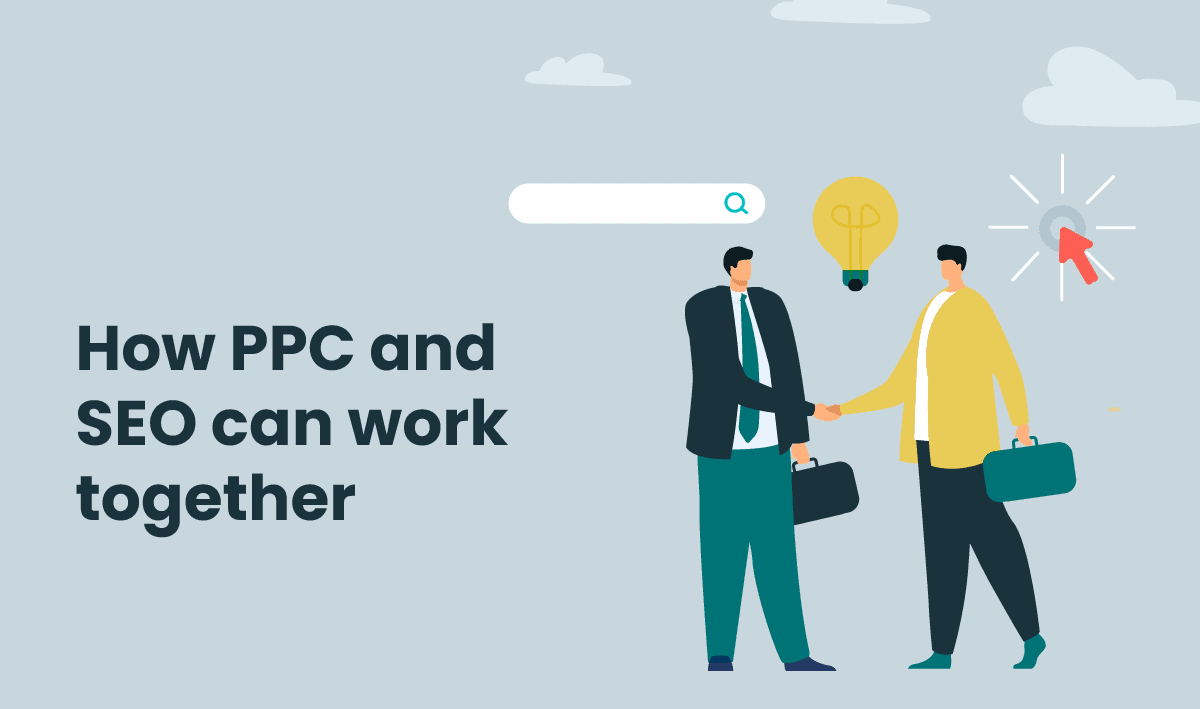The core goal of paid media is to raise awareness and drive traffic. Where digital marketing is going, your strategy has to go with it. Right now, the overarching theme dominating paid media has got to be AI and machine learning.
Paid media platforms are becoming increasingly intelligent as AI is integrated into campaign workflows and optimizations. Marketers will have to keep pace with this progress. Conversely, it is important to maintain users’ privacy while using AI effectively.
What are some significant changes that you should consider marking in your paid media marketing strategy for 2025? Here are a few you should integrate seamlessly.
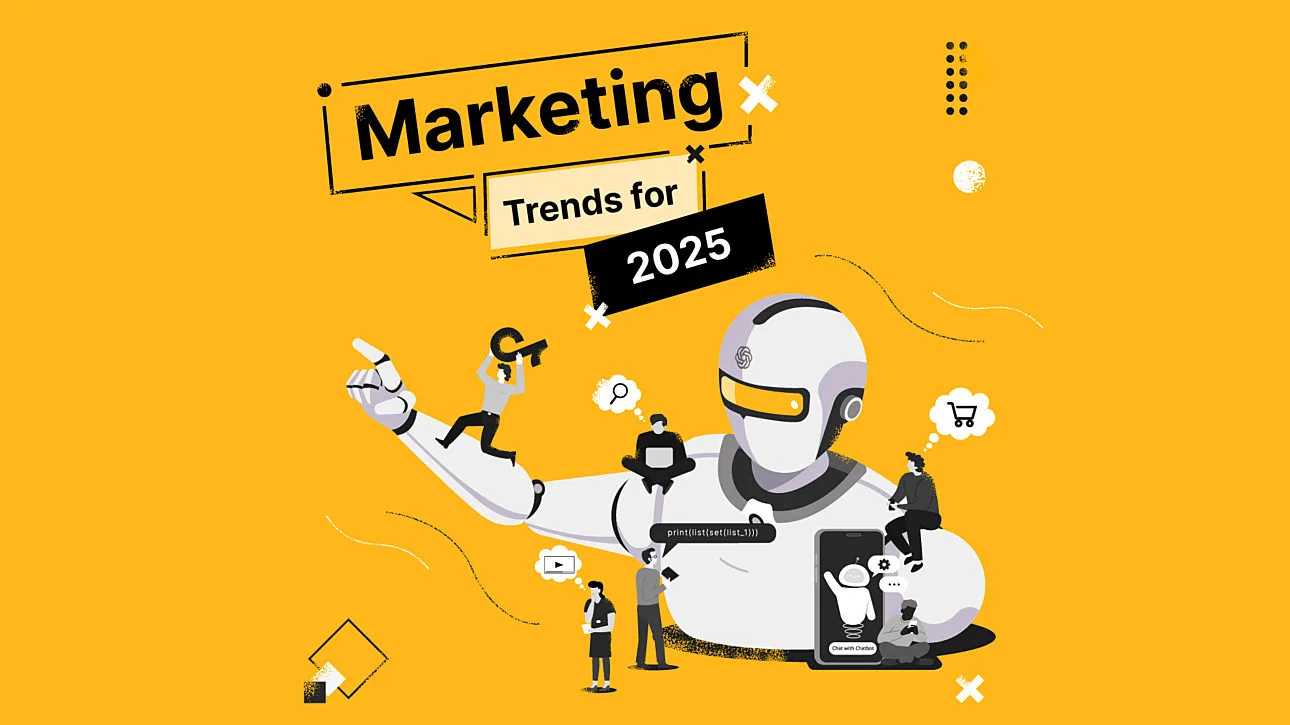
Reevaluate Google Tags
If your conversion tracking relies on Google tags, this change demands attention. In January 2024, Google implemented an update to its Consent Mode specifically impacting marketers targeting users within the European Economic Area (EEA).
This update requires your attention by March 2024 to ensure that ad personalization and remarketing features continue working correctly in Google Ads. Put simply, the update in Consent Mode is necessary to have its tracking behavior aligned with what users do interactively with consent banners on websites.
The update brings the following two new parameters to Consent Mode:
- ad_user_data: Determines the transmission of user data to Google for advertising purposes.
- ad_personalization: Dictates the activation of personalized advertising (remarketing) for users.
Considering the tightening of privacy regulations in the United States, it wouldn’t be surprising if such measures become mandatory for US advertisers in the foreseeable future. In 2025, it is important to embrace the discomfort of dealing with imperfect data due to evolving privacy regulations.
You may also like: The Best Tools for PPC Agencies Must Use in 2024
Use Influencers In Your Marketing Strategy
Both small and large influencers offer valuable opportunities, provided their audiences align with yours. Even brands with modest follower counts can leverage influencer marketing to significantly impact their market presence.
Identify key influencers within your niche and assess the cost per acquisition (CPA) for collaborating with each one as building relationships with influencers, particularly prominent ones, requires investment.
Establish mutually beneficial partnerships to generate more leads for your brand while compensating influencers appropriately.
Use influencer marketing tools like AspireIQ, BuzzSumo, Upfluence, and NeoReach to streamline your efforts in integrating influencers into your business model. Whichever tool you select, ensure the influencers you engage with have sufficient reach to provide substantial value to your brand and that the CPA aligns with your budget and objectives.
Strategic Management of Audiences Across Multiple Platforms
In 2024, mastering your audience management strategy is paramount, consisting of both a comprehensive overview and individual platforms. To achieve this, it’s essential to have a clear understanding of your target customer before constructing your audience. Identify the platforms frequented by these user profiles.
Once your ideal target customer is identified, the initial step involves building audiences. Subsequently, formulate a strategy to target individuals across every stage of the funnel, determining the most suitable networks for different audience segments.
An important aspect of this process involves continuous analysis and updates to your audiences throughout the year. Plan for retargeting initiatives and ongoing testing of new audiences. Neglecting this step poses the risk of misdirecting efforts and resources toward the wrong demographic, leading to wasted investments.
On the other hand, consistent retargeting and strategic changes are likely to uncover a dynamic audience aligned with your vision. Ultimately, effective audience management alone can be invaluable, akin to a treasure trove for your business.
You may also like: The Revolutionary Impact of Generative AI on the Future of Marketing
Embrace Video Content
You may have heard the saying, “Content is king,” when it comes to marketing. For 2025, there is one small change: “Video content is king.” Video content is not only the undisputed champion of TikTok, Instagram, and Snapchat, but it is also taking the lead in YouTube Ads with the tremendous growth of YouTube Shorts.
It also means that, in 2025, marketers will have to work on their video strategy by taking it to the next level.
The focus should, therefore, be on churning out exceptional video content for each platform for which it is created. While this might sound rather overwhelming, keep in mind that even small steps toward reaching your goal can bring high output.
Start by building evergreen content for your brand and testing the length of that content. So that it can be used across several platforms to serve both organic and paid video campaigns, but make sure to keep it new to avoid a user seeing the same message or content across multiple platforms and diluting the effectiveness of your video marketing efforts.
Take Advantage of Microsoft Ads
Microsoft Advertising continues to improve its advertising platform with each passing year, though, most of it desired features are found in Google Ads but also has some unique additions. In 2025, delving deeper into Microsoft Ads is a strategic move that will considerably benefit your brand. In the last twelve months, the platform has launched some very notable updates, which include:
Video and CTV Ads: Unveiled in September 2023, Microsoft Ads brought to the new ad types that comprised online video ads and non-skippable connected TV ads. This simplifies buying TV ads, a previously very complicated process and democratizes an unparalleled competitive advantage for advertisers of all sizes.
New Generative AI Features: In September 2023, Microsoft launched three new AI features to support the growth and scaling needs. These are Compare & Decide ads, Chat API ads, and Copilot campaign creation.
Data-Driven Attribution Reporting: Moving away from the era of last-click measurement, Microsoft Ads enhanced its UET tagging solution by implementing data-driven attribution modeling. It uses machine learning to measure the actual contributions of every ad interaction.
Even though Microsoft Ads hold a smaller share of the available search engines, it’s important to recognize that ignoring this underestimated ad platform equates to losing a raft of potential customers.
You may also like: Significant Advantages of Utilizing PPC Advertising
Use AI Tools for Strategic Advantages
Let’s face the reality: Machine learning and AI are here to stay. In 2025, marketing leaders will have a unique opportunity to step up and embrace the benefits rather than shy away from inevitable advancements.
It’s not a question of whether to integrate AI but how to leverage it effectively. In a time when companies are buckling down and tightening budgets, streamlining operations, PPC marketers face increasing pressure to do more with less. And this is where AI really shines.
With this, AI can considerably raise the ROI of paid media campaigns across all channels, be it your favorite or not. Nevertheless, one should not lose one’s brand identity for the sake of efficiency.
One option to consider would be AI-generated assets in Google, currently in beta. Fueled by Gemini AI, this platform helps to create smooth campaign creation and generates ad assets like images, headlines, and descriptions.
You probably already use one of the Smart Bidding strategies in Google to automate this whole bidding process. Your creativity with a sprinkle of machine learning can give your ad new heights in performance at best.
Prioritize Enhancing the User Experience
With a combination of shorter human attention spans and strapped marketing budgets, every interaction and website experience counts. If your pre-sale metrics-like high engagement or a large CTR are not converting into actual sales, the problem doesn’t lie with your advertising; it lies with the user experience.
In 2025, customers expect more from brands than ever before, especially when parting with their hard-earned cash. If you are unsure where to start optimizing your website experience for users, here are some starting points:
- Use tools like Hotjar or User Testing for real-life analytics and measure how customers interact to identify sticking points.
- Review your website layout for both desktop and mobile devices – a crucial step often left out by many websites.
- Ensure that CTAs are easy to find, even on mobile screens. Check and optimize your site speed.
You may also like: How To Create a Successful Strategy for Instagram and Facebook in 2024
These are all things that need to be constantly monitored and not viewed as a set-it-and-forget-it type of thing. These can really help optimize the website user experience and help your paid media be more effective to ensure your ad dollars go further in the future.
Changes Every Marketer Needs to Implement in Paid Media Marketing
If there’s one lesson the past year(s) have imparted in marketing, it’s the importance of adaptability. In certain instances, tactics once considered reliable have become more unpredictable than ever.
Seize the opportunities presented by AI advancements to enhance your strategic position, and consider revisiting platforms you may have traditionally avoided—the moment may have arrived to integrate them into your 2024 strategy.
Would you like to read more about “Changes Every Marketer Needs to Implement in Paid Media Marketing” related articles? If so, we invite you to take a look at our other tech topics before you leave!
Use our Internet marketing service to help you rank on the first page of SERP.






